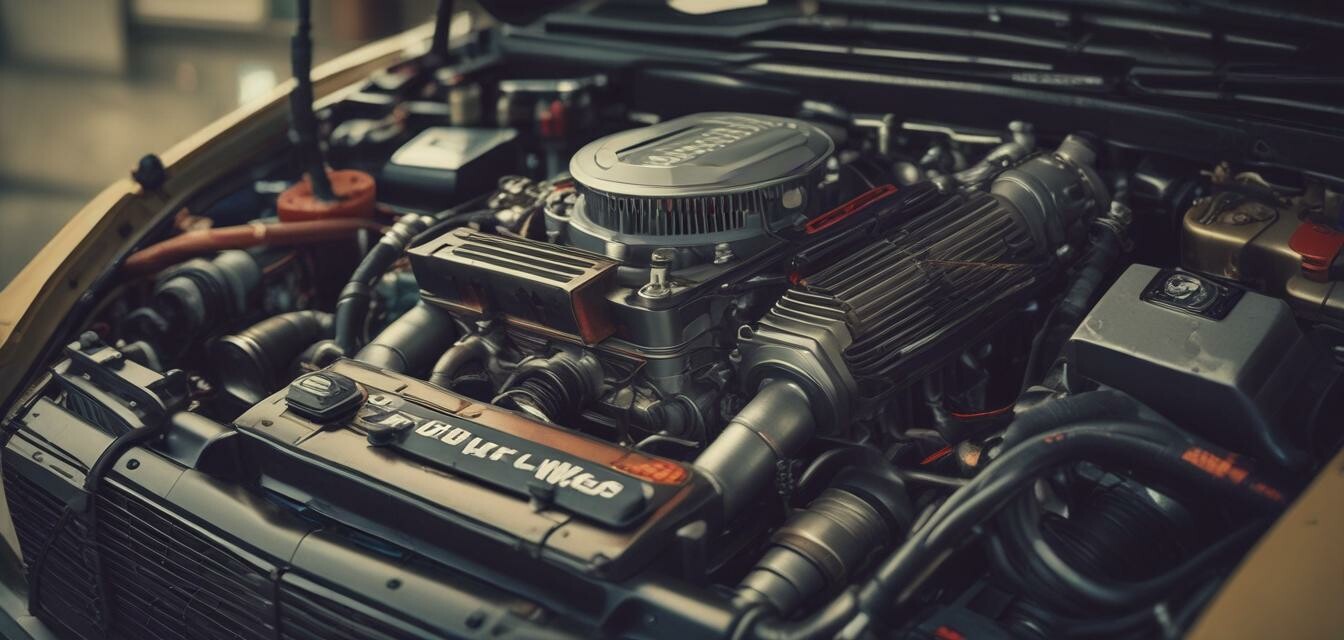
How to Adjust Your VW's Ignition Timing for Better Power
Key Takeaways
- Adjusting ignition timing is crucial for optimal engine performance.
- Timing affects horsepower, torque, and fuel efficiency.
- Use a timing light for accurate measurements.
- Ensure you have a solid understanding of your VW’s specifications before making adjustments.
- Take necessary safety precautions before starting any adjustments.
If you're looking to maximize your Volkswagen's engine performance, adjusting the ignition timing is a critical step that can unleash hidden power. Proper timing can enhance horsepower and improve fuel efficiency, making your drive not just more enjoyable but also more economical. This guide will walk you through the steps of adjusting your VW’s ignition timing safely and effectively.
What You Need to Get Started
Before diving into the adjustment process, ensure you have the following tools and materials ready:
- Timing light
- Wrench set
- Screwdriver
- Owners manual (for reference)
- Safety glasses
- Car stands or jack (if needed)
Steps to Adjust Ignition Timing
Follow these detailed steps to adjust the ignition timing correctly:
Step 1: Safety First
Before you begin, ensure that your vehicle is parked on a level surface, and take necessary safety precautions:
- Wear your safety glasses.
- Ensure the engine is off and cool before starting.
- If needed, lift the car using stands for better access.
Step 2: Locate Your Timing Marks
Find the timing marks on your VW’s crankshaft pulley and the timing cover. Refer to your owner's manual for their exact locations, as they can differ between models.
Step 3: Connect the Timing Light
Attach the timing light's leads according to the manufacturer's instructions:
- Connect the power leads to the car battery.
- Clamp the inductive pickup around the number one spark plug wire.
Step 4: Start the Engine
Start your engine and let it warm up to operating temperature. This allows for the ignition timing to stabilize.
Step 5: Read the Timing
Shine the timing light on the timing marks:
- Note the alignment of the marks. It should correspond with the specified timing in your owner's manual.
- If adjustments are necessary, turn the ignition timing adjustment screw or bolt on the distributor.
Step 6: Make Adjustments
If your timing is off:
- Loosen the distributor hold-down screw.
- Rotate the distributor gently until the timing light shows the correct mark.
- Tighten the hold-down screw without moving the distributor again.
Step 7: Recheck and Finalize
Turn off the engine, disconnect the timing light, and check that everything is secured. Start the engine again and verify that the timing is accurate with the timing light once more.
Common Pitfalls & Tips
When adjusting your VW's ignition timing, be aware of these common mistakes:
- Neglecting to warm up the engine can lead to inaccurate readings.
- Forgetting to secure the distributor after adjustment.
- Not referencing the specific timing specs for your model, which can lead to performance issues.
Tips for Beginners
- Read through your owner's manual prior to making any adjustments.
- Take pictures of each step to guide you during reassembly.
- Don’t rush; take your time to ensure each adjustment is correct.
- Consult forums or expert communities for advice if you're unsure.
Pros
- Enhances engine performance and power output.
- Can improve fuel efficiency.
- Prolonged engine life with proper timing adjustments.
- Boosts overall driving experience and enjoyment.
Cons
- Requires some mechanical knowledge to perform correctly.
- Improper settings can lead to engine knocking.
- May need special tools like a timing light.
Conclusion
Adjusting your VW's ignition timing is a vital part of tuning that can have great benefits for both performance and efficiency. By following the steps outlined in this guide—and keeping in mind the tips and common mistakes—you’ll be well on your way to mastering your car's tuning process. For more guides on improving your Volkswagen's performance, check out our Buying Guides or browse through our other How-To Guides for additional insights!
For further reading on suspension upgrades, visit our Suspension Systems section.
Interested in enhancing your VW’s exterior? Check out our Exterior Upgrades.
Don’t forget to explore our Performance Parts for more ways to boost your vehicle’s performance.
